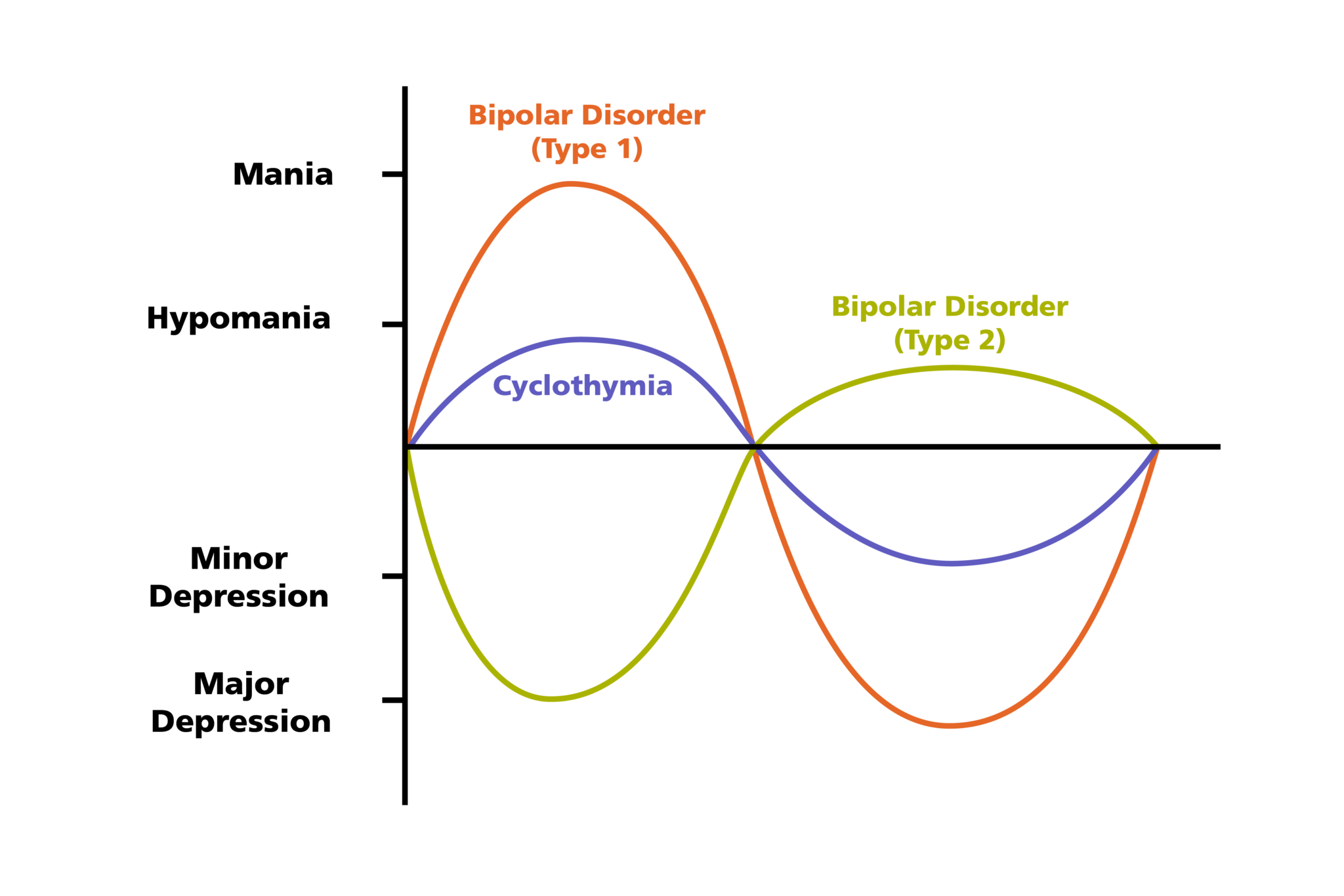

How does borderline personality disorder affect relationships? The borderline person demonstrates more reactivity to relatively minor events and demonstrates contradictory emotions that erupt over a short time. In such cases, the depression may be an ongoing, terribly low, dejected mood but is appropriate to the circumstances. If your spouse walks out on you or you lose a parent, it’s normal to feel depressed. In discussing disorders that involve changes in mood, it is important to make clear that not all depressed states indicate a psychiatric condition. The behavioral manifestations of intense emotions, in addition to self-cutting, include substance abuse, eating disorders, and sexual promiscuity - dramatic ways of behaving that stem from not being able to manage emotions. Such destructive actions, usually of an impulsive nature, are a way of putting intense feelings, like rejection and anger, that you can’t tolerate, into action in an attempt to discharge the emotion rather than to continue to feel its intensity. The illness is also characterized by rejection-sensitivity, chaotic relationships, and an overall difficulty in managing emotions.įor example, if a boyfriend or girlfriend does not return your call, instead of being annoyed and moving on, the combination of dejection and anger in a person with borderline personality disorder could possibly lead the person to cut their own wrists. In this psychiatric illness, the extreme and intense mood swings often are precipitated by reactions to events (“trigger events”) that are disproportionate to the event and that someone else might take in stride. Yeomans: Those with the disorder have extremely intense emotions that can shift rapidly from a negative, depressed state to an elated one, but with a predominance of negative feeling states.

What does borderline personality disorder look like?ĭr.
#Bipolar manic episode how to
Yeomans to define these disorders and explain the telltale signs and how to treat them. How do you know if you or someone you love suffers from one of these disorders? And how can you tell the difference? Health Matters spoke with Dr. adults, and studies show the prevalence of borderline personality disorder to range from 1.4 to 5.9% of the American adult population. Bipolar disorder is estimated to affect somewhere between 1 and 2.8% of U.S. As for bipolar disorder and borderline personality disorder, these illnesses affect millions of Americans. Mental health has moved more into the spotlight since the onset of the pandemic, with COVID-19 triggering a 25% increase in the prevalence of depression and anxiety worldwide, according to the World Health Organization.

“Yet they are two distinct and serious diagnoses with different symptoms that require different methods of treatment.” Yeomans, who is also a clinical associate professor of psychiatry at Weill Cornell Medicine Department of Psychiatry and an adjunct associate professor of psychiatry at the Columbia University Vagelos College of Physicians and Surgeons Center for Psychoanalytic Training and Research. “This partial similarity in mood shifts, going from an extremely high mood to a very low mood, causes many people, including some clinicians, to confuse the two disorders,” says Dr. But for some, mood shifts are so extreme that they could be a sign of these more serious conditions, both of which are characterized in part by major mood swings, according to Frank Yeomans, M.D., Ph.D., director of training at the NewYork-Presbyterian Borderline Personality Disorder Resource Center, an internationally recognized center for the study of personality disorders. borderline personality disorder? Both diagnoses have been in the headlines, but many may wonder: what’s the difference?Ĭhanging moods can often be a natural response to stressful situations.


 0 kommentar(er)
0 kommentar(er)
